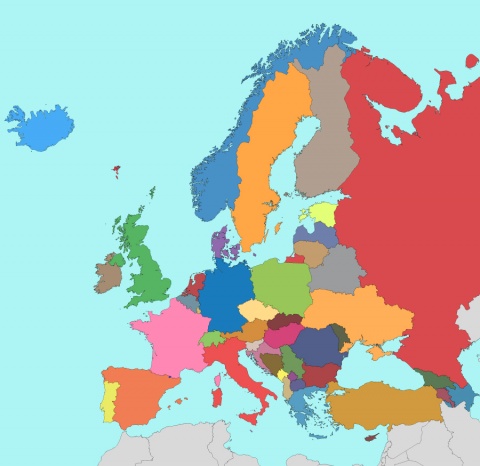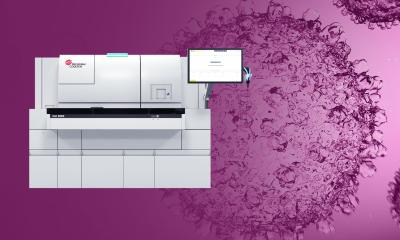Article • Business facts and figures
The European IVD market
The European Diagnostic Manufacturers Association EDMA (*) presented
2014 market data, and some countries, such as Germany, also provide estimates for 2015, based on Q1 through Q3 2015.
Report: Walter Depner
In its statistics, the EDMA differentiate between the so-called ‘old’ EU 15 (Austria, Belgium, Denmark, Finland, France, Germany, Greece, Ireland, Italy, Luxembourg, the Netherlands, Portugal, Spain, Sweden, the UK) and the twelve ‘new‘ Member States (Bulgaria, Cyprus, Czech Republic, Estonia, Hungary, Latvia, Lithuania, Malta, Poland, Romania, Slovakia and Slovenia). In addition, the EFTA members Switzerland, Norway and Iceland are included as well as Turkey.
The countries mentioned above – forming ‘Europe’ – reported a total turnover of €11,032 billion in the IVD market, an increase of 1% compared to 2013. While in the old as well as in the new EU countries, the market shrank by 0.2% and 0.6% respectively; EFTA countries recorded an increase of 0.8%, Turkey even of 6.5%.
Germany continues to be the largest single market with sales totalling €2,189 billion, a slight decrease of 0.1 % compared to the previous year. For 2015, VDGH (Verband der Deutschen Diagnostica-Industrie e.V.**) predicts an increase of 1.1% to €2,212 bn based on the Q3 2015 figures. The next largest markets are France, which recorded a turnover of €1,785 billion (a decrease of 0.1 % compared to 2013), and Italy with €1,656 billion (decrease of 0.7 % compared to 2013).
Greece saw the largest decrease in turnover among the old EU Member States (close to 7%), while Sweden reported an increase of more than three percent.
Among the new EU Member States, Romania (7.5%) and Poland (7.0%) saw the biggest growth, whilst, in Bulgaria, the IVD market has to digest a decrease of 6.3%.
Switzerland and fellow EFTA member Norway reported an increase of 7.2% and 1.8% resp. while ‘non-aligned’ Turkey recorded a whopping 6.5% increase.

Even more interesting than these absolute figures are ratios. The IVD spend, as a percentage of the gross domestic product (GDP) in the individual countries, no doubt provides an insight into the status of the healthcare systems. Only seven European countries spend more than 10% of their GDP on IVD: Sweden holds top position, with 12.9%, followed by France (11.6%), Switzerland (11.4%), Germany and Austria (11.3% each) and Belgium (11.1%).
All other countries spent less than 10% on IVD. At the bottom of the table are Romania (5.3%), Lithuania (5.7%), Estonia (5.7%) and Turkey (5.6%), all reporting less than 6%. The total population of Europe, including Turkey, is 592.8 million people. This translates into an average of 10% of the GDP being spent on IVD.
By way of comparison: The global IVD market records a turnover of US$56,773 billion = €50,514 billion, with Europe accounting for €11,032 billion.
* By its own account, EDMA represents approx. 85% of the overall European IVD market.
** By its own account, VDGH (Verband der Deutschen Diagnostica-Industrie e.V.) represents approximately 90% of the German diagnostic products industry.
New EU-law is about to come
The negotiations between the Commission, the European Parliament and the Council under the presidency of the Netherlands on the safety of medical devices and in vitro diagnostics (IVD) in the EU go after more than 40 months consultations in the decisive phase. A conclusion is expected before the summer break. At the end there is probably a new European medical device law with two separate regulations for medical devices and in vitro diagnostics.
07.08.2017











